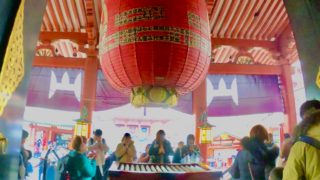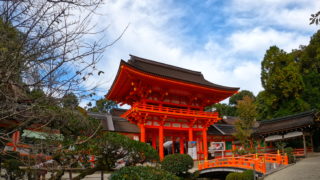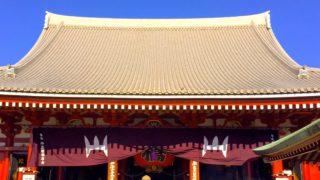Change from Shinbutsu Shugo to Shinbutsu bunri 【神仏習合から神仏分離へ】
Buddhism was introduced from China to Japan in 538 (there are various theories that it was introduced in 552). After that, Shinto and Buddhism became more and more intimate. Shinbutsu Shugo lasted about 1200 years from the Nara period to the end of the Edo period.During the Edo period, Buddhism gradually declined as Ieyasu Tokugawa adopted Confucianism. The idea of learning Confucianism and valuing etiquette became the basis of today’s Japanese people. However, the preferential treatment of Confucianism and Shinto began to appear gradually from the middle of the Edo period without emphasizing Buddhism.And at the end of the Tokugawa Shogunate, the nationalism that “the Japanese must be one” and “a new country must be created” increased. With the Meiji Restoration, it developed into a movement that made Shinto the national religion of Japan.
538年(正式には552年くらいとの説あり)に仏教が日本に伝来してきてから、神道と仏教は徐々に緊密化してきました。奈良時代にこの流れが活発化してから、神仏習合は約1200年も続いていたと言われています。江戸時代になり、徳川家康が儒教を採用したことで、仏教が少しずつ薄れていきました。儒教を学び、礼節を大切にするという考えは、現在の日本人の礎(いしずえ)になっているのかもしれません。しかし、仏教を重要視せず、儒教や神道への優遇は江戸時代中期から少しずつ表れるようになります。そして幕末、「日本人が一つにならなければいけない。」「新しい国を作らなければならない。」というナショナリズムが高まっていきました。それは明治維新によって、日本の古来の神道を国教化するという動きに発展していきます。
Shinbutsu-Hanzenrei 【神仏判然令】
There was a move to separate the closely related Shinto and Buddhism in order to make Shinto the state religion. In 1868 (Meiji 1), the idea of separating Shinto and Buddhism to make a clear distinction between Shinto and Buddhism, God and Buddhism, and shrines and temples was announced by the new Meiji government as “Shinbutu-Hanzenrei”.
神道を国教化するために、それまで神仏習合で緊密な関係だった神道と仏教を分離する動きが出てきます。神道と仏教、神と仏、神社と寺院をはっきりと区別するという神仏分離の考えは、1868年(明治元年)、明治新政府により、『神仏判然令』として発令されました。

Haibutsu-Kishaku 【廃仏毀釈】
“Shinbutsu-Hanzenrei” was promulgated with the aim of making a clear distinction between Shinto and Buddhism.Buddhism was rejected by over-interpreted people, and abolition movements such as burning Buddhist statues and scriptures became widespread.Half of the temples in Japan are gone. Without Haibutsu–Kishaku, it is said that the national treasure would have been three times as large as it is today.In other words, two-thirds of the works of art, such as national treasure-class Buddha statues, are lost. Movements against the abolition of Buddha and the promotion of Shinto nationalization have become active.
『神仏判然令』は、神道と仏教の明確な区別を目的として発令されましたが、過大解釈した民衆を中心に仏教を排斥し、仏像仏具を燃やすなどの廃仏運動が広がっていきました。廃仏毀釈の影響によって、日本のお寺の半分が廃寺になったと言われています。もし、廃仏毀釈がなかったら、今の国宝は3倍あったとも言われています。つまり、国宝級の仏像などの美術品の2/3が失われたということになります。廃仏毀釈に対する反対運動や神道国教化への反対運動も活発となりました。




















コメント